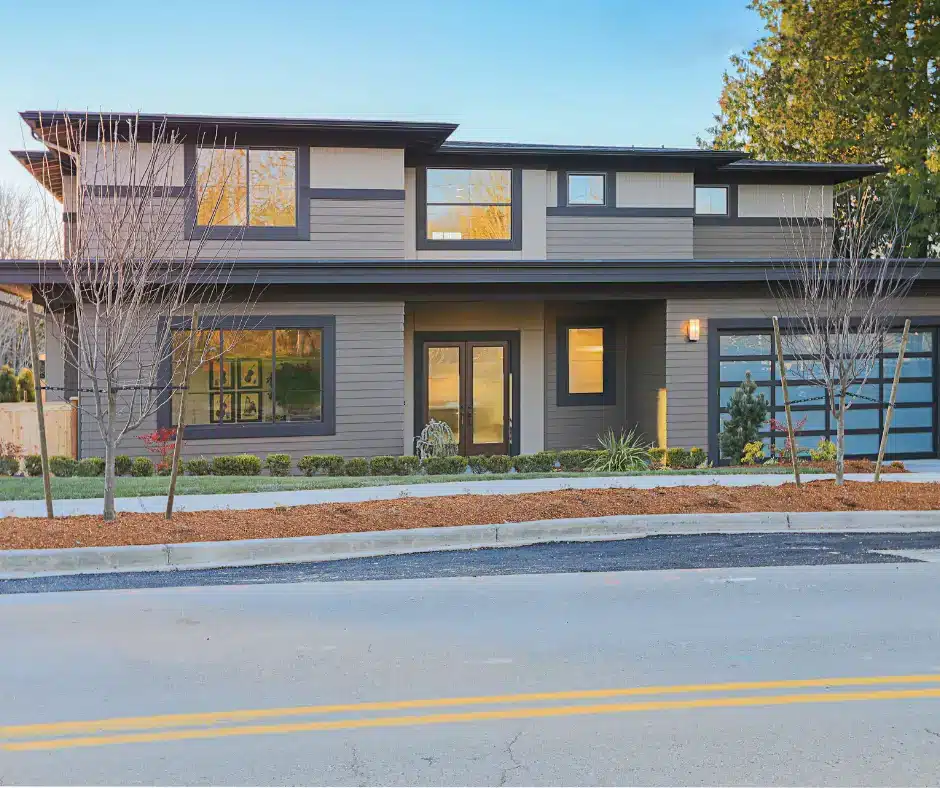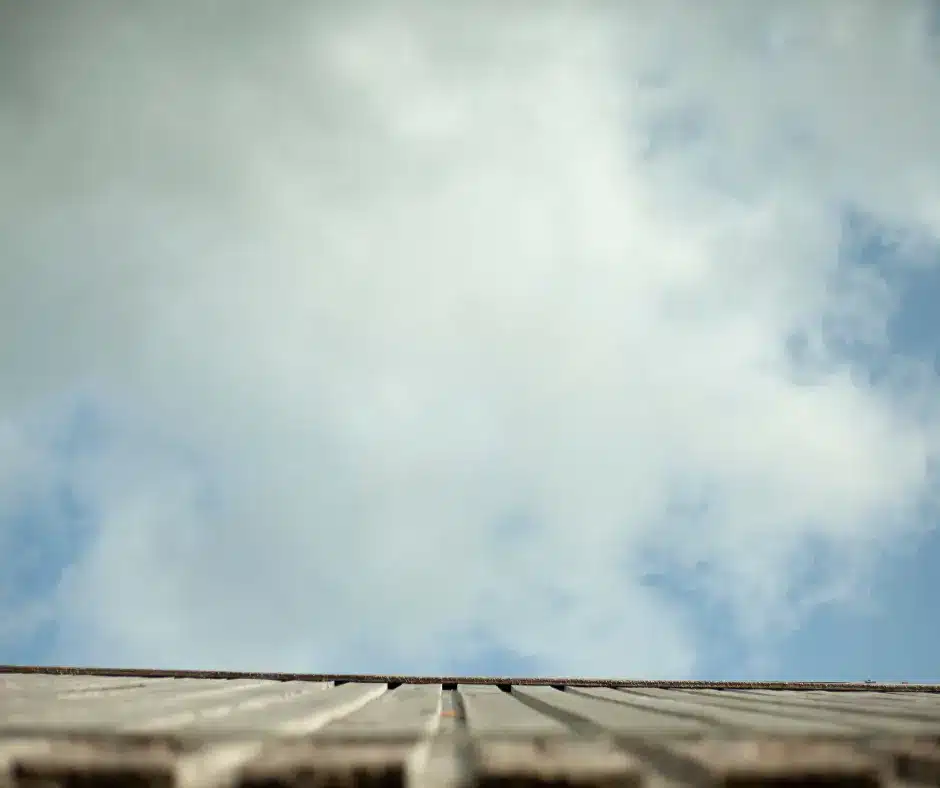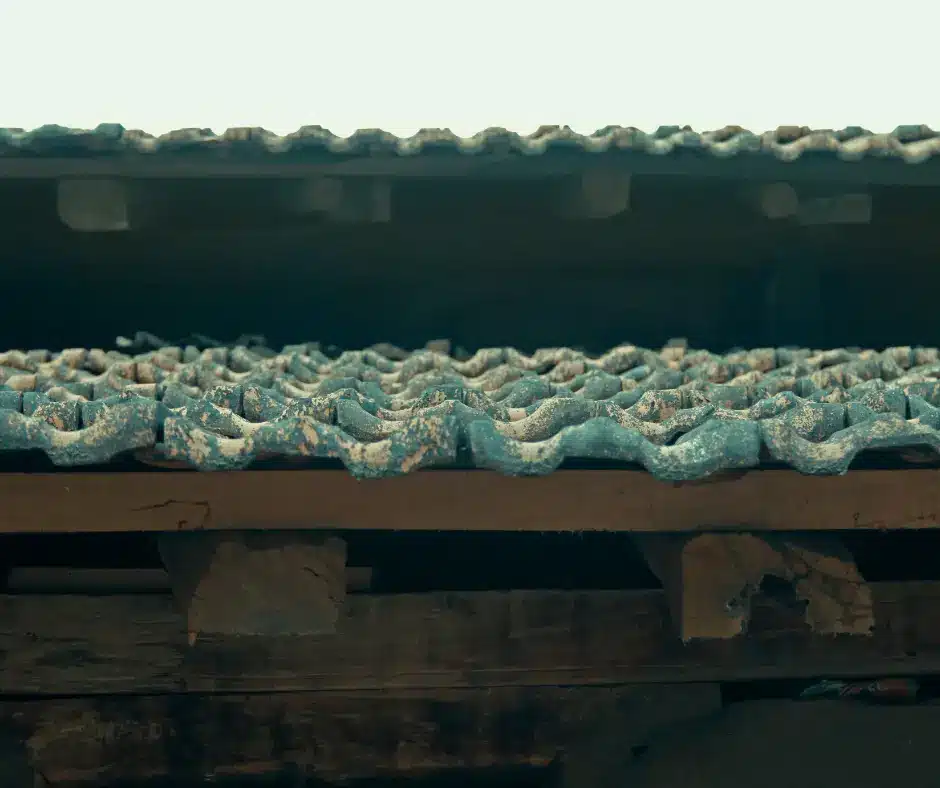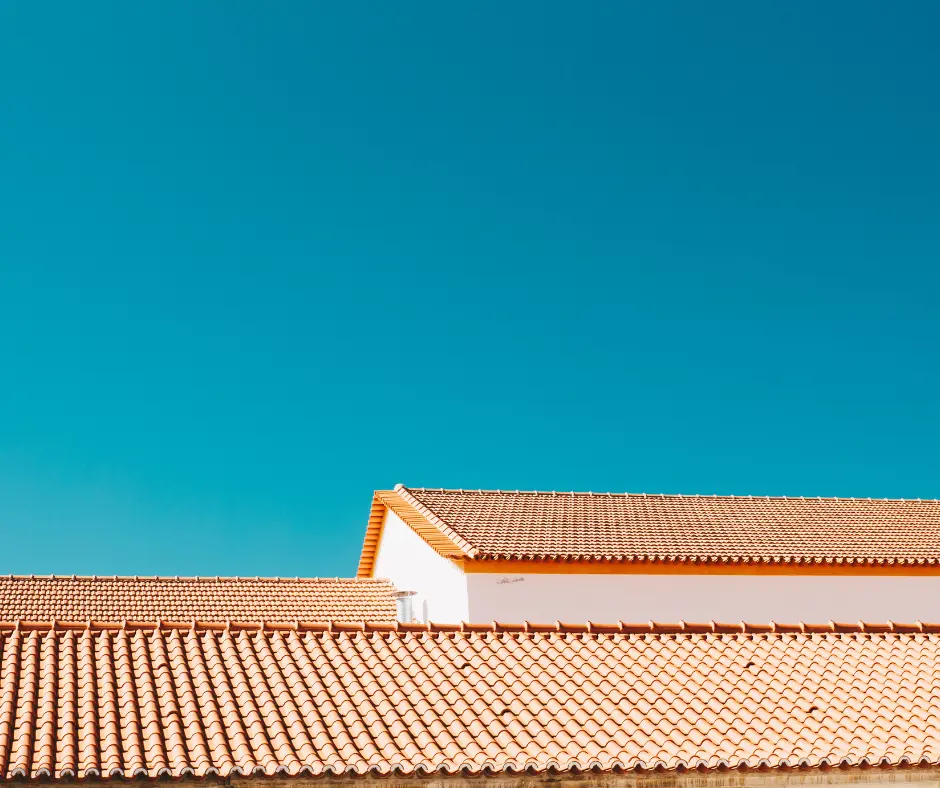What Makes Low-Slope Roof In Demand Right Now?

As a resident of Winnipeg, you know better than most how damaging our extreme seasons can be on a roof. Winnipeg’s winters pile on the snow, while summers sizzle under scorching heat. Through it all, your roof bears the brunt of the punishment. This is why low-slope roof has become so popular in the area.
Unlike steep-slope roofs, low-slope roofs can better handle pooling water, ice dams, and temperature fluctuations.
Industry studies show that over 70% of new commercial construction in Winnipeg utilizes these durable, low-maintenance roofs. With advanced materials like PVC and TPO, you can now get the strength of a flat roof with sleek aesthetics.
Read on to learn what makes low-slope roofs ideal for Winnipeg’s climate. You’ll gain insight from roofing experts on how to pick the best system to protect your home or business from the elements.
The Growing Popularity of Low-Slope Roofs
As Winnipeg’s premier roofing company, All Weather Exteriors has seen a significant rise in demand for low-slope roofing systems. These roofs, with pitches below 3:12, offer numerous advantages that are driving their surging popularity.
Increased Usable Space
One key benefit is the ability to maximize usable space. Unlike steeply pitched roofs that create vaulted ceilings, low-slope designs allow for an open floor plan.
This opens up possibilities for additional living areas, home offices, or even loft-style layouts.
According to a 2021 survey by the National Association of Home Builders, 62% of homebuyers prefer open-concept designs. Low-slope roofs cater perfectly to this modern desire for spacious, flexible interiors.
Energy Efficiency Gains
Low-slope roofs also excel at energy efficiency. Their minimal surface angles reduce air infiltration compared to complex roof geometries. This improved airtightness translates to lower utility costs year-round.
Moreover, flat roofs readily accommodate highly insulating materials like spray foam.
A study by the Oak Ridge National Laboratory found spray foam insulation can cut heating and cooling costs by up to 50%. With Winnipeg’s extreme temperatures, these savings are invaluable.
Low Maintenance Requirements
Another driver of low-slope popularity is their relatively maintenance-free nature. Steep roofs are prone to debris accumulation and leaks from ice dams.
In contrast, low-slope systems have few penetrations and can incorporate single-ply membranes for waterproofing. The National Roofing Contractors Association states that single-ply roofs require only biannual inspections and infrequent repairs. This low-maintenance design appeals to today’s busy homeowners seeking hassle-free living.
As a trusted local expert, All Weather Exteriors is perfectly equipped to install durable, energy-efficient low-slope roofing systems. With their growing popularity, now is an excellent time to invest in this modern roofing solution for your Winnipeg home.

What Are the Benefits of Low-Slope Roofing?
Durability and Longevity
Low-slope roofs, also known as flat or slightly pitched roofs, are designed to withstand harsh weather conditions.
According to a study by the National Roofing Contractors Association, properly installed and maintained low-slope roofing systems can last up to 30 years.
Their flat design allows water to drain efficiently, preventing pooling and minimizing the risk of leaks or structural damage.
Energy Efficiency
Low-slope roofs offer excellent insulation properties, helping to regulate indoor temperatures and reduce energy costs.
A report by the U.S. Department of Energy found that cool roof coatings on low-slope roofs can reflect up to 80% of sunlight, reducing air conditioning needs by up to 15%.
This eco-friendly feature not only saves money but also contributes to a smaller carbon footprint.
Versatility and Customization
Low-slope roofs provide a versatile canvas for various roofing materials, from traditional options like asphalt and gravel to modern choices like TPO and EPDM membranes.
This flexibility allows homeowners and businesses to select materials that suit their aesthetic preferences, budgets, and specific roofing needs.
Additionally, low-slope roofs can accommodate rooftop installations like solar panels or green roofs, adding value and functionality.
Accessibility and Maintenance
The flat or low-pitched design of these roofs makes them more accessible for inspection and maintenance compared to steeply pitched roofs.
Regular maintenance, such as cleaning drains and repairing any cracks or blisters, can extend the lifespan of the roof and prevent costly repairs down the line.
As the leading roofing contractor in Winnipeg, All Weather Exteriors understands the unique benefits of low-slope roofing systems for local homeowners.
With their expertise and commitment to quality, they can guide you through the selection and installation process, ensuring your low-slope roof meets your needs and enhances the value of your property.
Low-Slope Roofing Options and Materials
As a homeowner in Winnipeg, you understand the unique challenges our climate poses for roofing systems. Low-slope roofs, with a pitch of 3-in-12 or less, are becoming an increasingly popular choice due to their durability and versatility.
At All Weather Exteriors, we offer a wide range of low-slope roofing options to suit your needs and protect your home from Winnipeg’s harsh weather conditions.
Membrane Roofing Systems
One of the most common low-slope roofing solutions is membrane roofing. These systems consist of a flexible, water-resistant material that is either adhered or mechanically fastened to the roof deck. Some popular options include:
- Thermoplastic Polyolefin (TPO): A durable, energy-efficient option with excellent resistance to UV radiation and chemical exposure.
- Ethylene Propylene Diene Monomer (EPDM): A long-lasting, cost-effective choice known for its flexibility and resistance to extreme temperatures.
- Modified Bitumen: A versatile, multi-ply system that combines asphalt with reinforcing fabrics for enhanced strength and waterproofing.
Built-Up Roofing (BUR)
Another popular choice for low-slope roofs is built-up roofing (BUR). This traditional system consists of multiple layers of reinforced fabrics and bitumen, creating a durable and weatherproof surface.
BUR systems are known for their longevity and can be customized with various surfacing options, such as gravel or reflective coatings.
Green Roofing Systems
For environmentally conscious homeowners, green roofing systems offer a sustainable and energy-efficient solution.
These systems incorporate layers of soil and vegetation, providing insulation, stormwater management, and aesthetic appeal. Green roofs can help reduce energy costs and extend the life of your roof.
At All Weather Exteriors, our experienced professionals can guide you through the various low-slope roofing options and materials to find the perfect fit for your home and budget.
We prioritize quality workmanship and use only the best products to ensure long-lasting protection for your investment. Contact us today to learn more about our low-slope roofing solutions and schedule a consultation.
Installation Considerations for Low-Slope Roofs
When it comes to low-slope roofs in Winnipeg, proper installation is crucial for long-lasting performance. As the leading roofing experts in the area, All Weather Exteriors understands the unique challenges our climate presents.
Underlayment Matters
Winnipeg’s harsh winters and heavy precipitation make a high-quality underlayment essential. We recommend an ice and water shield membrane to protect against leaks caused by ice dams and wind-driven rain.
This added layer creates a robust moisture barrier, safeguarding your home from potential water damage.
Insulation is Key
Proper insulation not only keeps your home comfortable year-round but can also extend the life of your low-slope roof.
We install rigid insulation boards with high R-values to maximize energy efficiency and prevent premature deterioration from temperature fluctuations.
Ventilation Prevents Problems
Inadequate attic ventilation can lead to moisture buildup, mold growth, and accelerated aging of roofing materials. Our team ensures sufficient intake and exhaust vents are in place to allow for proper airflow and moisture release.
Flashing Technique Matters
Flashing around chimneys, skylights, and other roof penetrations is a common source of leaks on low-slope roofs.
Our experienced technicians use industry-best practices for precise flashing installation to create a waterproof seal in these vulnerable areas.
With over 18 years serving Winnipeg homeowners, we’ve encountered every roofing challenge imaginable. Trust All Weather Exteriors to handle your low-slope roof installation with the utmost care and expertise.
Contact us today for a free consultation!

FAQs About Low Slope Roofs in Winnipeg
What is a low-slope roof?
A low slope roof is a gently angled or nearly flat roof system, typically with a pitch between 1/4:12 and 3:12. These roofs are very common in commercial and industrial buildings across Winnipeg due to their cost-effectiveness and easy construction.
However, many homeowners are also opting for low-slope roofs for their modern aesthetic appeal.
What roofing materials are best for low-slope roofs?
The most popular low-slope roofing options in Winnipeg include:
1. Built-up roofing (BUR) membranes
2. Modified bitumen roofing
3. EPDM rubber roofing
4. TPO and PVC single-ply membranes
These materials offer excellent waterproofing performance and UV resistance to withstand Winnipeg’s harsh climate. Proper installation by a certified Winnipeg roofing contractor like All Weather Exteriors is crucial.
How long do low-slope roofs last?
With quality materials and professional installation, low-slope roofs can last 20-30 years in Winnipeg.
However, regular inspections and maintenance are important to maximize lifespan. Issues like punctures, standing water, and shrinkage can accelerate deterioration if not promptly addressed.
Are low-slope roofs energy efficient?
Yes, low-slope roofing systems with reflective surfaces can boost energy efficiency by reducing heat absorption.
Cool roofs with high solar reflectance and thermal emittance ratings help lower energy costs for cooling. According to the EPA, cool roofs can achieve 10-15% energy savings.
How are low-slope roofs repaired?
Localized repairs like patching leaks or recoating surfaces can restore low-slope roofs. However, extensive damage may require complete re-roofing.
Skilled Winnipeg roofing contractors can assess the condition and recommend the best solution, whether repair, recovery, or replacement.
Low-slope roofs are clearly on the rise in Winnipeg thanks to their durability, longevity, and energy efficiency.
By opting for a low-slope roof on your next project, you can gain peace of mind knowing that it will stand the test of time against Manitoba’s harsh climate.
What’s more, the energy savings will put money back in your pocket month after month. As recent studies have shown, these roofs can maintain their integrity for over 50 years when properly installed.
Make the savvy choice and consider low-slope for your residential or commercial roof – your wallet and the environment will thank you.
With the right materials and licensed contractors, you can rest easy knowing your roof will perform for decades to come. Take control of your biggest overhead expense and go low-slope for your next Winnipeg roof project.

Don’t settle for just any roof. Get a roof built to endure Winnipeg’s extremes.
At All Weather Exteriors, we understand the unique demands of our local climate and offer tailored solutions that ensure durability, energy efficiency, and aesthetic appeal.
Our team is dedicated to providing exceptional customer service and top-notch craftsmanship. Trust us to protect your home with a low-slope roof that stands the test of time.
Contact All Weather Exteriors today – where quality and reliability meet, right here in Winnipeg.

Leave a Reply
You must be logged in to post a comment.